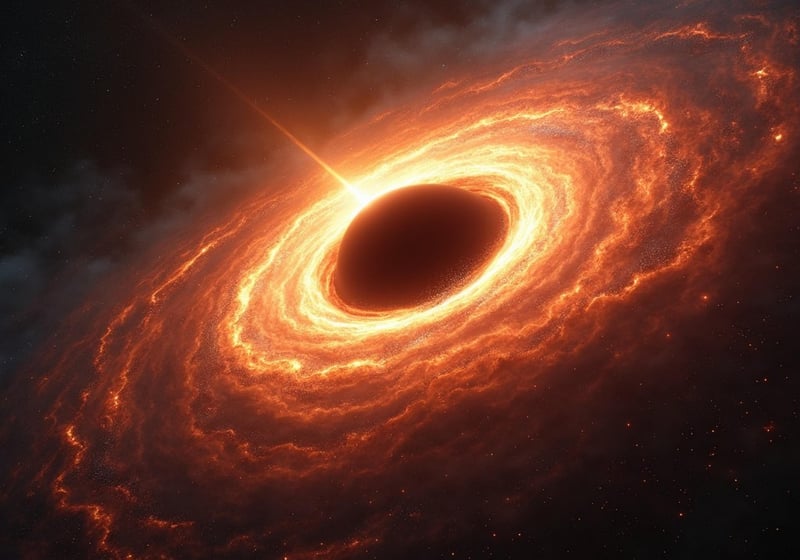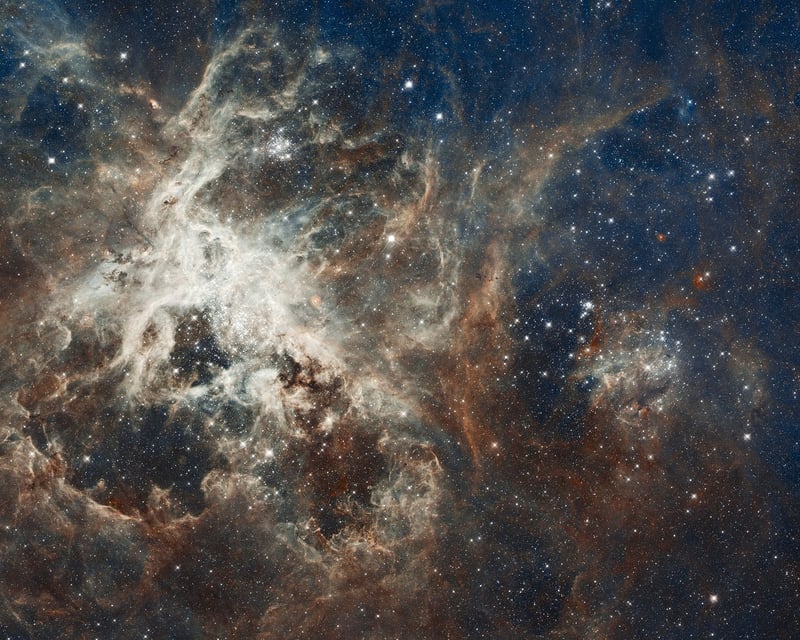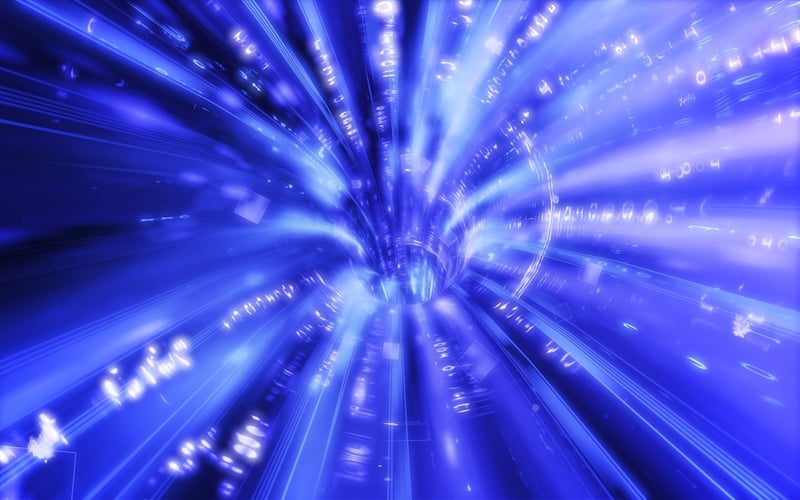Cosmic Portals
The Science Behind Time Travel and Cosmic Portals
Introduction
Time travel has long been a fascinating concept in science fiction, but what if it were actually possible? In this article, we delve into the mechanisms that could make time travel a reality, including the intriguing concept of cosmic portals.
Wormholes and Time Dilation
One of the most widely discussed theories on time travel involves the use of wormholes. Wormholes are theoretical passages through spacetime that could create shortcuts for long journeys across the universe. By manipulating these wormholes, it might be possible to travel not just across space but also through time.

Time Dilation
Another important concept in time travel is time dilation. According to Einstein's theory of relativity, time can be experienced differently for two observers depending on their relative velocity and gravitational fields. This means that a person traveling at near-light speeds would experience time differently from someone stationary, effectively enabling time travel into the future.
Cosmic Portals
Cosmic portals are hypothetical regions in space that act as gateways between different points in spacetime. These portals could potentially allow for instantaneous travel across vast distances, effectively bridging the gap between different points in time as well.

The Grandfather Paradox
One of the major paradoxes associated with time travel is the Grandfather Paradox. This paradox questions what would happen if a time traveler were to go back in time and prevent their grandfather from meeting their grandmother, thus preventing their own birth. The resolution of such paradoxes remains a topic of intense debate among physicists.
Conclusion
While the concept of time travel and cosmic portals remains firmly in the realm of theoretical physics, ongoing research and exploration may one day unlock the secrets of traversing both space and time. Until then, we can continue to explore these fascinating ideas through the lens of science fiction and theoretical speculation.
References: Space.com, Live Science
